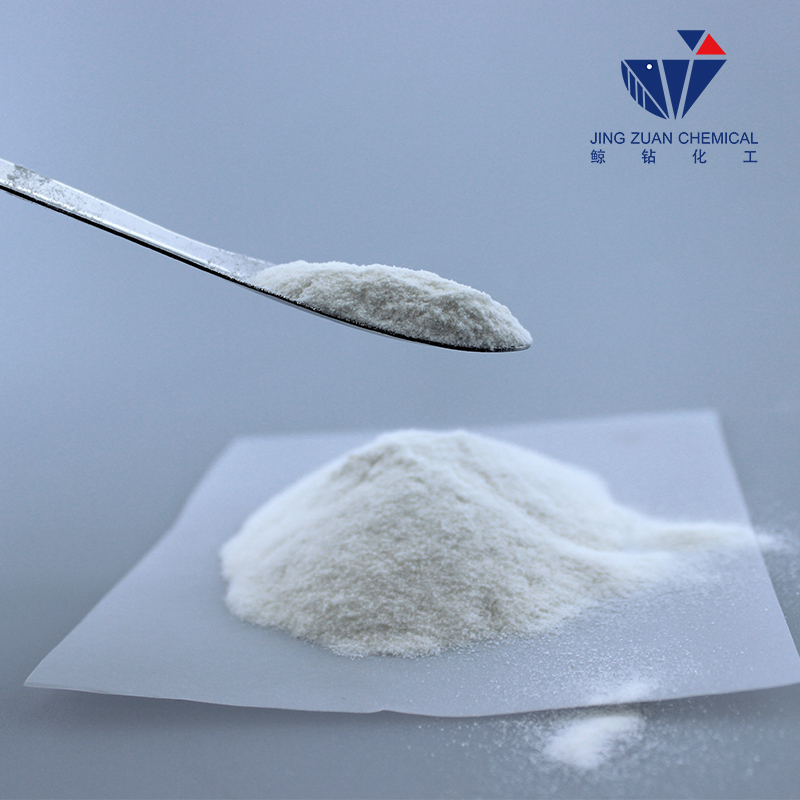
Août . 14, 2024 04:25 Back to list
Properties and Applications of Redispersible Polymer Powders in Construction and Coatings Industries
Exploring Redispersible Polymer Powders Versatility and Applications
Redispersible polymer powders (RDPs) play a crucial role in various industries, particularly in construction, coatings, and adhesives. These specialized powders, which become re-dispersed in water, offer unique properties that enhance the performance of construction materials, making them indispensable in modern formulations.
What are Redispersible Polymer Powders?
Redispersible polymer powders are fine, free-flowing powders that consist of polymer emulsions which have been dried and processed into a powder form. When mixed with water, RDPs revert back to their original emulsion form, allowing them to integrate seamlessly into various formulations. Typically, these powders are derived from polymer types such as styrene-acrylic, vinyl acetate-ethylene, and other copolymers, each providing distinct characteristics tailored to specific applications.
Key Benefits of RDPs
1. Improved Workability One of the most significant advantages of RDPs is their ability to enhance the workability of construction materials. When added to cementitious systems, they provide better flow, extending open time and making it easier for workers to manipulate mixtures. This is particularly valuable in tile adhesives, mortar, and self-leveling compounds.
2. Increased Adhesion RDPs impart superior adhesion properties to mortars and adhesives, ensuring that the materials bond well to various substrates. This characteristic is essential in applications where long-lasting performance is critical, such as in tile installations or facades.
3. Flexibility and Crack Resistance RDPs contribute to the flexibility of the final product, allowing it to withstand movements and thermal expansions without cracking. This flexibility is a vital property especially in environments subject to temperature fluctuations or structural shifts.
4. Water Resistance Products modified with RDPs exhibit enhanced water resistance, which is crucial in construction applications exposed to moisture. This feature helps in increasing the durability and lifespan of construction materials.
re dispersible polymer powder

5. Ease of Use The dry powder form of RDPs makes them easy to transport, store, and handle compared to liquid emulsions. This characteristic is advantageous for large-scale manufacturing processes.
Applications in Various Industries
1. Construction In construction, RDPs are widely used in cement-based materials such as tile adhesives, plasters, and renders. Their ability to enhance adhesion, flexibility, and workability makes them ideal for both interior and exterior applications.
3. Adhesives In the production of adhesives, RDPs provide increased bond strength and flexibility, making them suitable for a wide range of substrates, including wood, plastics, and metals.
4. Composite Materials RDPs are also employed in the development of composites, where their binding properties assist in improving the performance characteristics of the final products.
Conclusion
Redispersible polymer powders are essential additives that significantly enhance the performance of various formulations in construction, coatings, and adhesives. Their unique properties provide benefits that cater to the evolving needs of different industries, making them a valuable resource for manufacturers seeking to improve the quality and durability of their products. As technology advances, the versatility and potential applications of RDPs are expected to expand, paving the way for innovative solutions in material science.
-
Versatile Hpmc Uses in Different Industries
NewsJun.19,2025
-
Redispersible Powder's Role in Enhancing Durability of Construction Products
NewsJun.19,2025
-
Hydroxyethyl Cellulose Applications Driving Green Industrial Processes
NewsJun.19,2025
-
Exploring Different Redispersible Polymer Powder
NewsJun.19,2025
-
Choosing the Right Mortar Bonding Agent
NewsJun.19,2025
-
Applications and Significance of China Hpmc in Modern Industries
NewsJun.19,2025







